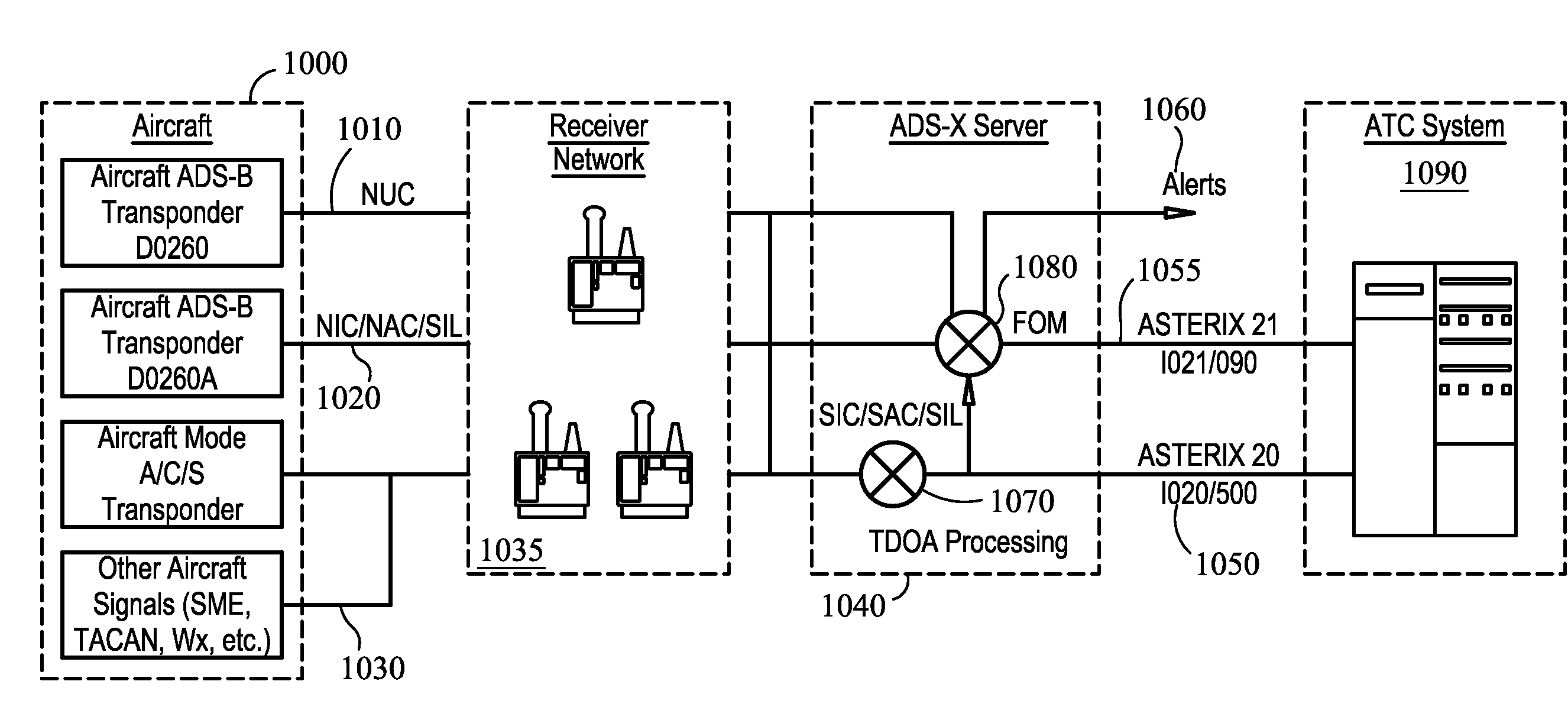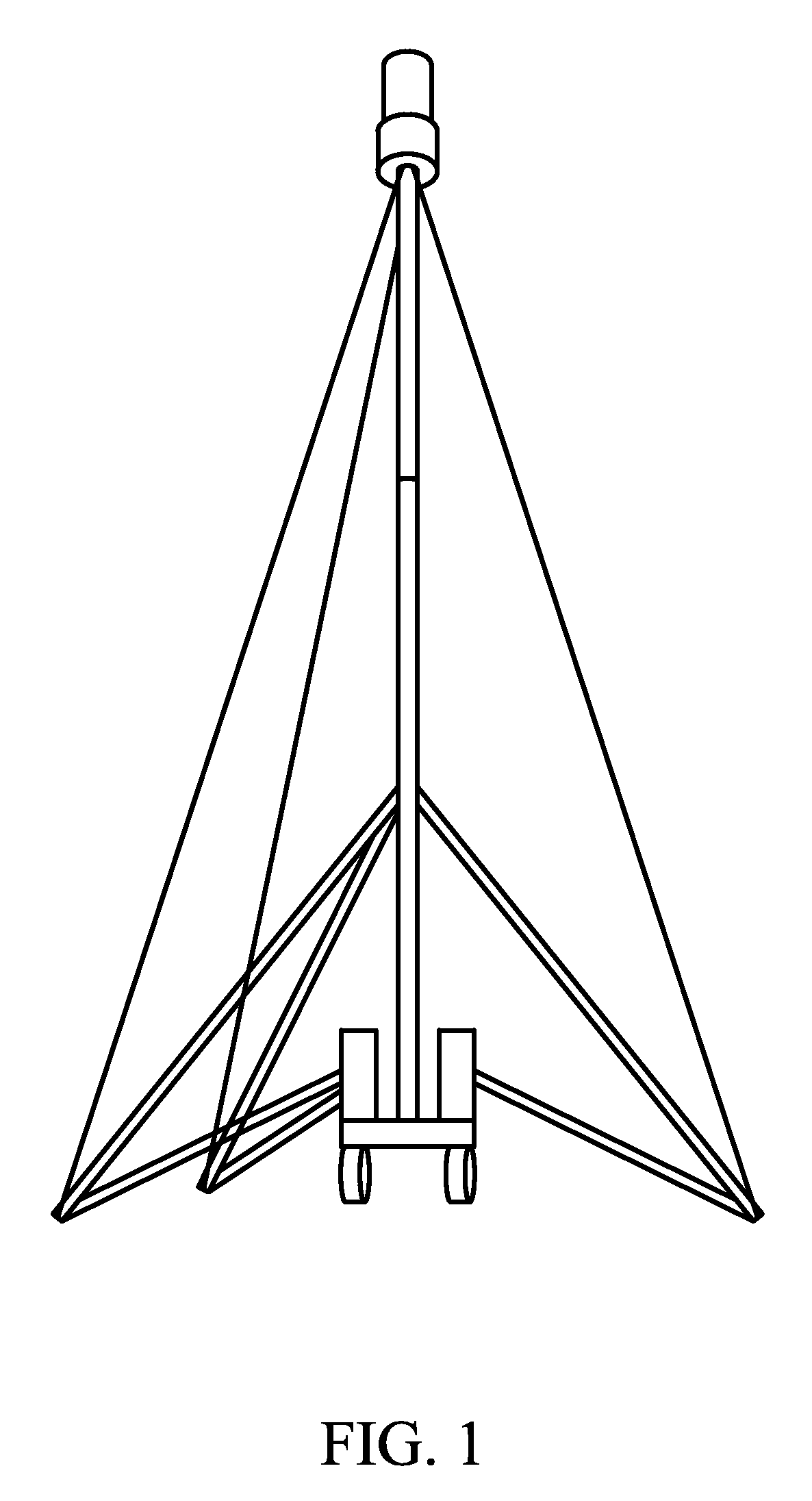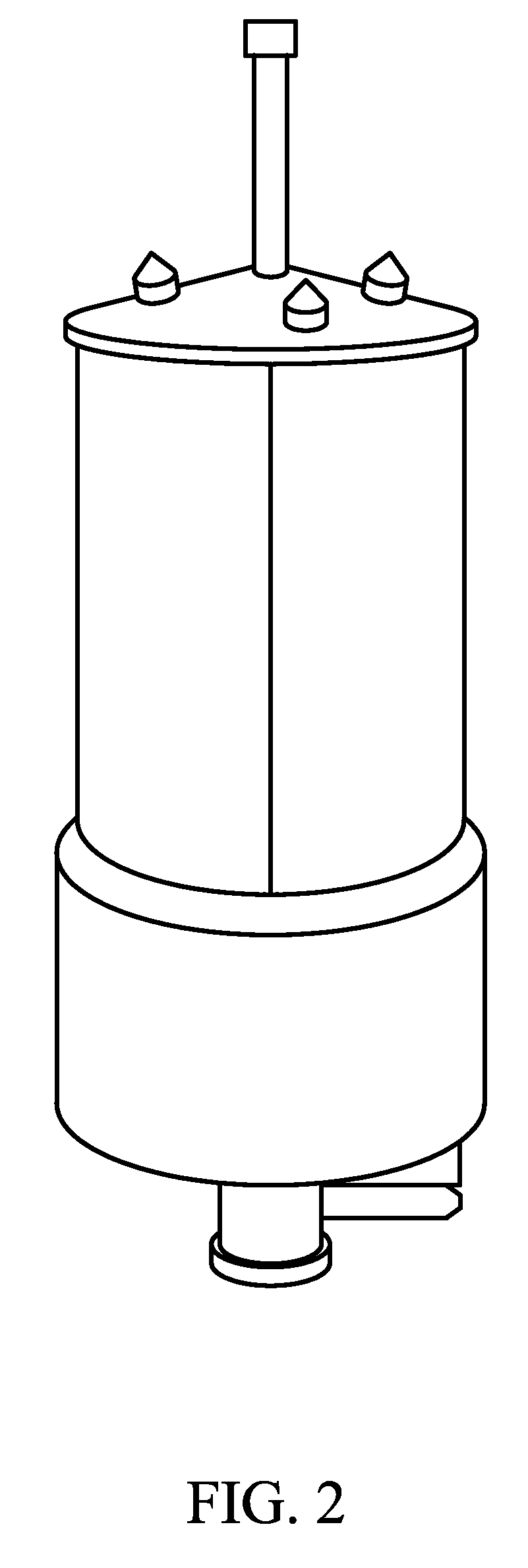Deployable passive broadband aircraft tracking
a broadband and aircraft tracking technology, applied in the direction of aircraft traffic control, direction finders, instruments, etc., can solve the problems of significant pressure on the performance improvement of atc systems and surveillance technologies, reduce separation and flexible route planning, and reduce the cost of retrofitting existing aircraft, including certification costs and the opportunity cost of the associated operational downtim
- Summary
- Abstract
- Description
- Claims
- Application Information
AI Technical Summary
Benefits of technology
Problems solved by technology
Method used
Image
Examples
first embodiment
[0085]FIG. 9 is block diagram illustrating the present invention, providing integrated tracking using passive broadband. As illustrated in the embodiment of FIG. 9, the invention takes the system for deployable passive broadband detection and extends it by incorporating the capability to decode position for ADS-B, SSR multilateration, and broadband multilateration. In this embodiment, aircraft 100 transmits a signal, which is received at a minimum of three stations 140, 140, and 150. Antenna 150 may receive ADS-B signals and generate an ADS-B position signal as generated by aircraft 100. Antennas 140 may receive other signals but may not necessarily generate ADS-B position data. Signals 110, 120 may include all pulse and high bandwidth signals emanating from aircraft 100 including, but not limited to, UAT, DME, TACAN, SSR, Mode S, ADS-B, Pulse Radar, Weather Radar, Communications, and Military Radar.
[0086]In the embodiment of FIG. 9, it is assumed that ADS-B is transmitted by the ai...
second embodiment
[0092]FIG. 10 is a block diagram illustrating the present invention, providing validation of a self-reported position. In this embodiment of the present invention takes the system for deployable passive broadband detection and extends it by incorporating the capability to decode self-reported position for ADS-B, and compare it to line of calculated position, or line of precision, derived from multilateration techniques applied to various signals received from the aircraft.
[0093]Referring to FIG. 10, aircraft 1000 emits an ADS-B position report 1010 along with associated quality and integrity information (NIC / NAC / SIL) 1020, as well transponder and other aircraft signals 1030. These signals 1010, 1020, and 1030 are received at one or more of the stations 1035 and is decoded and made available for onward processing to the ATC system 1090.
[0094]Simultaneously, the same signal, and / or other signals emitted by the aircraft 1010, 1020, and 1030, are received at a number of stations and a p...
third embodiment
[0097]FIG. 11 is a block diagram of the present invention, which shows a passive ranging and passive Angle of Arrival ground-based surveillance system and vehicle-based surveillance system that provides the capabilities to decode self-reported ADS-B position, determine independent surveillance position of an ADS-B target using passive ranging and passive Angle of Arrival measurement techniques, and validate self-reported ADS-B position using the independent surveillance position.
[0098]As shown in the third embodiment illustrated in FIG. 11, the aircraft [340] broadcasts an ADS-B report signal [350] that is received by another airborne aircraft [330] and ground based direction finding antennas [360]. The receivers [365] decode and measure the Angle of Arrival and Time of Arrival of the ADS-B report signal [350]. The Angle of Arrival, Time of Arrival, decoded data, including altitude and identification, are sent by the receiver [365] to the surveillance processor [300]. The surveillan...
PUM
 Login to View More
Login to View More Abstract
Description
Claims
Application Information
 Login to View More
Login to View More - R&D
- Intellectual Property
- Life Sciences
- Materials
- Tech Scout
- Unparalleled Data Quality
- Higher Quality Content
- 60% Fewer Hallucinations
Browse by: Latest US Patents, China's latest patents, Technical Efficacy Thesaurus, Application Domain, Technology Topic, Popular Technical Reports.
© 2025 PatSnap. All rights reserved.Legal|Privacy policy|Modern Slavery Act Transparency Statement|Sitemap|About US| Contact US: help@patsnap.com



